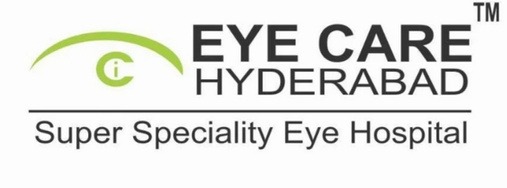Nalgonda X Road, Chaderghat, Malakpet docmaaz@gmail.com Mon - Sat: 9:00am - 7:30pm, Sun: 10:30 am - 1:30 pm
What is myopia? Types, causes & risks of myopia. How to clarify myopia. - Eyecare
- You are currently here!
- Home Uncategorized What is myopia? Types, causes & risks of myopia. How to clarify myopia.

What is myopia? Types, causes & risks of myopia. How to clarify myopia.
Myopia
Myopia, also called nearsightedness, is a condition of the eyes wherein the patient has near-good vision but faces difficulty seeing things from afar.
Normal eye v/s Myopia eye
Myopia is a condition wherein the eyeball is elongated or too long. However, it can also be caused by the cornea(front cover of the eye) and lens being too curved for the eyeball length. Some cases of myopia are due to a combination of these errors.
Due to this, the light rays entering the myopic eye from a distance get focussed in front of, instead of at, the back of the eye, i.e., on the retina.
What are the types of myopia?
Myopia can be
1. Congenital, wherein the child is born with myopia
2. Developmental / School myopia, that’s usually not associated with other eye abnormalities. Commonly seen in school-going children and gets stabilised by teenage.
3. Degenerative/Pathological, which rapidly progresses, is usually associated with other eye abnormalities.
What causes myopia?
The exact cause is not known. However, factors that might lead to the development of myopia are heredity, excessive reading, excessive screen time, overuse of computers and gadgets, intensely close visual work, cataracts, health conditions such as diabetes, etc
How do I know if I have myopia?
You are likely to be a myope if you experience the following:
1. Clear near vision and blurry distant vision, i.e., you can read from a book clearly, but you face a problem driving, watching TV, or reading the sign boards. For example, a child might complain of not being able to see what’s written on the blackboard, or they might watch TV sitting very close to it.
2. Squinting or partial closing of the eyes to see clearly.
3. Headaches are mostly related to eye strain.
4. Frequent eye rubbing.
5. Frequent eyelid swellings
What are the risks associated with myopia?
Uncorrected myopia can lead to irreversible blindness called amblyopia or lazy eye.
Degenerative myopia can eventually lead to many sight-threatening complications like glaucoma, cataracts, retinal detachment, and macular degeneration.
Recent Posts
Categories